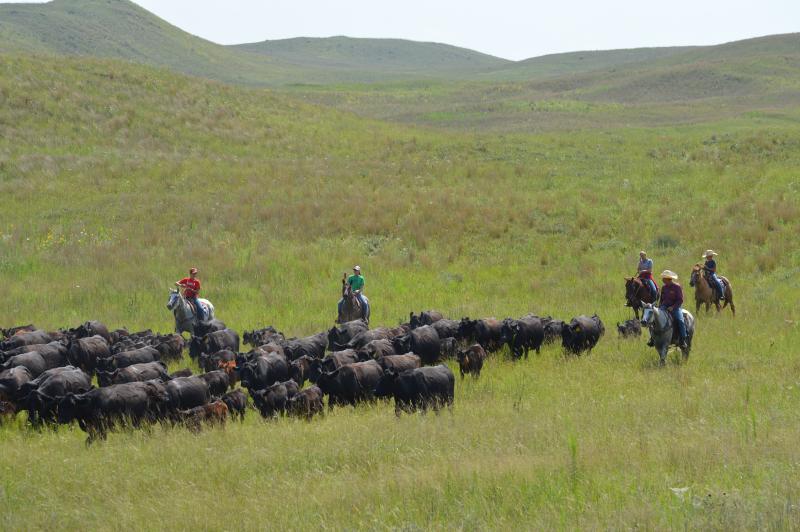by Jessica Groskopf, UNL ag economist and Cindy Bojanski, CFP®,RICP®

For many farm and ranch families, bringing children or grandchildren into the operation is the ultimate goal. Successfully bringing additional family members into the operation may require some creativity as all parties need to maintain a viable standard of living. This article is part of a series that will highlight ideas and tactics for bringing another family member into the operation. If this is the first article you are seeing in this series, I would encourage you to go back to the previous articles for background and additional guidance. A previous article discussed how life insurance should be structured, and the different types of life insurance.
Life insurance can be a key tool for farm and ranch businesses to provide tax-free death benefits at the death of the insured if the policy is structured correctly. This article discusses how agricultural businesses can use second-to-die permanent life insurance policies to equalize an inheritance amongst heirs.
One of the challenges of estate planning for farm and ranch families is that if they have multiple children, it can be difficult to leave them an equal value of assets at death. One way to help equalize the inheritance amongst heirs could be to utilize a life insurance policy.
Let’s look at a common example. Mom and Dad own the majority of the farm assets. They have two children, one who is “off-farm” and another who is “on-farm.” Mom and Dad’s estate plan states that the on-farm child will inherit the farm. Although Mom and Dad may have some assets outside of the farm, the value of those assets is lower than what the on-farm child will ultimately inherit. To “equalize” the inheritance, Mom and Dad could purchase a “second to die” permanent life insurance policy on themselves and name the off-farm child as the beneficiary. Dad is the first to pass away, a few years after the policy was purchased. At Dad’s death, the life insurance policy does not make a payment because it insures both Mom and Dad. Mom continues to own the farm. At Mom’s death, the off-farm child will receive the death benefit tax-free (if the policy is structured correctly), and the on-farm child will inherit the farm assets. Second-to-die policies are popular for these situations because the premiums are typically lower, and the benefit is not paid until both of the insureds are deceased.
Life insurance may be a valuable tool to provide additional inheritance at your death. However, depending on your situation, policies may be cost prohibitive or unavailable. The amount of the death benefit, the insured's age, health status, occupation, lifestyle, and other factors can influence the cost of the insurance premiums. Some people are simply uninsurable.
The material in this article is intended for educational purposes and is not intended to provide specific advice or recommendations for any individual, nor does it consider the particular investment objectives, financial situation or needs of individual investors. The authors of this article do not offer tax or legal advice. Any tax or legal related information is provided as general education and is incidental to the topic of financial planning. You should seek specific tax or legal advice from your tax or legal professional before pursuing any idea contemplated herein.
Securities offered through Valmark Securities, Inc. (“VSI”) Member FINRA, SIPC. Investment Advisory services offered through Valmark Advisers, Inc. (“VAI”) a SEC Registered Investment Adviser. Coordinated Planning is a separate entity from VSI and VAI. Jessica Groskopf is not affiliated with VSI and VAI. Certified Financial Planner Board of Standards, Inc. (CFP Board) owns the certification marks CFP® in the United States, which it authorizes use of by individuals who successfully complete CFP Board’s initial and ongoing certification requirements.